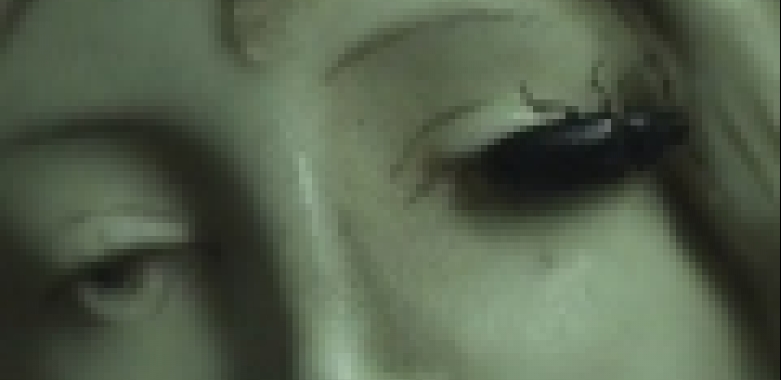Armando Queiroz was born and lives in Belém, a port city in the Amazon River delta that prospered at the turn of the nineteenth and twentieth centuries thanks to the rubber boom. The period is often referred to as the “Brazilian Belle Époque,” borrowing a term that was used to describe the upsurge of culture and science that occurred in Europe in the same years. In Belle Époque, we see the face of a statuette that belonged to the artist’s grandmother. A tropical beetle tries desperately to cling to one of its marble eyes. The insect eventually loses its grip and falls out of the frame. The viewer can interpret Queiroz’s artistic statement in many different ways: a metaphor for our relationship with the colonial past (is it worth retaining and feeding on memories of a golden age?); an enactment of the irresolvable clash between nature and culture; or perhaps an upsurge of poignant memories from childhood, where a family heirloom plays the part of a Proustian madeleine?

